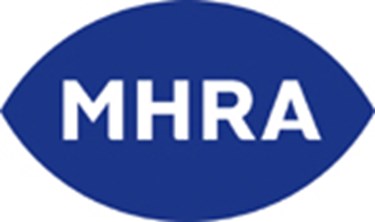MHRA Explains Whether Or Not A Health App Is A Medical Device
By Jof Enriquez,
Follow me on Twitter @jofenriq

The United Kingdom (UK) Medicines and Healthcare Products Regulatory Agency (MHRA) has issued updated guidance to explain whether or not a health app is considered a medical device and is required to comply with regulatory requirements, including getting CE-marked.
Apps, stand-alone software, or diagnostic devices that gather data from a person, such as diet, heartbeat, or blood glucose levels — and then analyze and interpret the data to make a diagnosis, prescribe a medicine, or recommend treatment — are classified by MHRA as medical devices. Each must gain CE marking to demonstrate it is regulated, acceptably safe to use, and performs in the way the manufacturer/ developer intends, notes PM Live.
"We live in an increasingly digital world, both healthcare professionals, patients, and the public are using software and stand-alone apps to aid diagnosis and monitor health," said John Wilkinson, MHRA’s Director of Medical Devices, in a news release. "Where apps or stand-alone software make a diagnosis or recommend a treatment, people should check for CE-marking before using their apps and developers should make sure they are complying with the appropriate medical device regulations."
MHRA's updated guidance is designed to help software developers become aware of procedures to obtain a CE mark for their product, and guide companies on how to report problems. The 36-page interactive PDF contains examples within clickable flowcharts to show which standalone software and apps meet the definition of a medical device, an in vitro diagnostic device, or an active implantable medical device.
The software developer goes through a device determination flow chart and answers a series of questions that lead to a decision whether the product is a medical device or accessory, an IVD medical device or accessory, or not a medical device at all. There is a link to a separate flowchart, which guides the developer on how to check the product's medical or intended purpose, and another flowchart covering things to consider when the app works directly with IVD data.
MHRA says health-related apps and software that are not considered medical devices according to this guidance fall outside its purview, and "work in this area is being developed by the National Information Board in their Workstream 1.2." These devices may be considered mHealth products, for which a legal framework is being worked out by the European Commission.
The UK regulator reminds users of medical apps to check if these are CE-marked, and to report them to MHRA, if need be. Safety and performance issues related to these apps should likewise be reported via the agency's Yellow Card Scheme online. MHRA also encourages users to "read the small print" to understand what personal data they agree to share with app developers and with third parties.
This updated guidance on stand-alone software and health apps follows EU's current regulatory framework, which is in the process of being revised.
